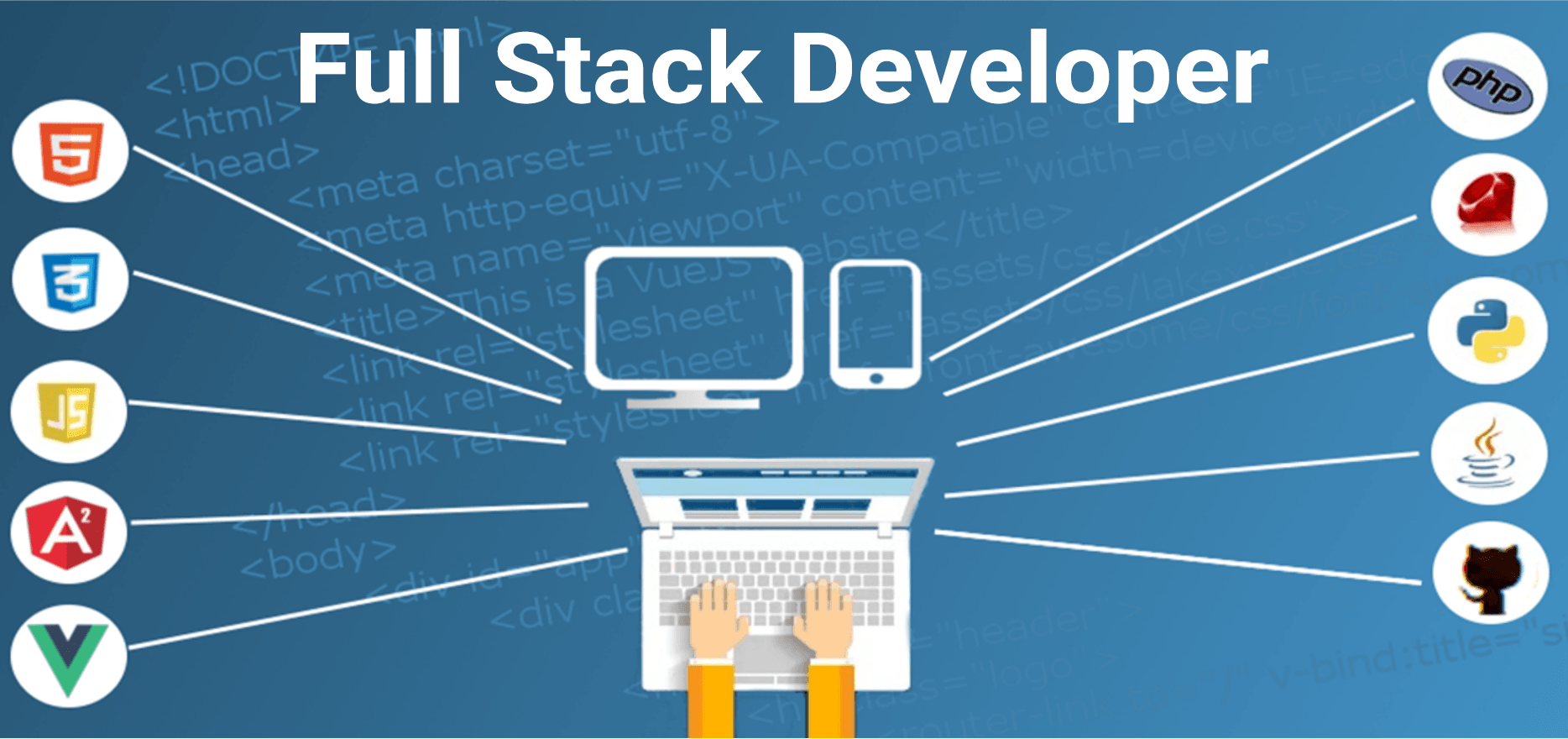 Introduction:
Introduction:
In the ever-evolving landscape of technology, the role of a full stack developer has become increasingly crucial. Full stack development encompasses the entire spectrum of a web application, from the user interface to the server-side logic and database management. It’s a holistic approach that requires a diverse skill set, ranging from designing pixel-perfect user interfaces to architecting robust and efficient databases. In this blog, we’ll delve into the fascinating journey from pixels to databases, exploring the key components of full stack development and the seamless integration of front-end and back-end technologies.
The Front-End Canvas: Crafting User Experiences
The journey begins with the front-end, where developers transform creative visions into tangible user interfaces. From the layout and design to the responsiveness and interactivity, front-end development is about creating an engaging and intuitive user experience. This phase involves mastering languages such as HTML, CSS, and JavaScript.
Pixel-perfect precision is the goal, ensuring that every element aligns seamlessly to create a visually appealing and user-friendly interface. Full stack developers must navigate the intricacies of user experience (UX) and user interface (UI) design, understanding how users interact with the application and optimizing the design accordingly. The front-end is the canvas where pixels come to life, forming the visual identity of the application.
The Back-End Architecture: Building the Foundation
With the front-end in place, attention turns to the back-end, the backbone of the application that handles data processing, business logic, and server-side operations. Full stack developers need to be proficient in server-side languages such as Node.js, Python, or Java, and understand the intricacies of web servers, databases, and APIs.
Creating a robust back-end architecture involves designing APIs (Application Programming Interfaces) that facilitate communication between the front-end and the database. This phase requires an in-depth understanding of data structures, algorithms, and security protocols to ensure the application’s reliability and scalability. The back-end is where the magic happens, transforming user inputs into meaningful actions and responses.
Data Management: The Heart of Full Stack Development
As the journey progresses, the spotlight shifts to data management, where databases play a pivotal role. Full stack developers must be adept at working with databases, choosing the right database technology (SQL or NoSQL) based on the application’s requirements. They design and optimize database schemas, ensuring efficient storage and retrieval of data.
Understanding database queries, indexing, and normalization is essential for creating high-performance applications. Whether it’s a relational database like MySQL or a document-based database like MongoDB, the choice influences how data is organized and accessed. This phase requires a meticulous approach to ensure data integrity, security, and scalability – elements that are crucial for the long-term success of any application.
The Seamless Integration: Bridging Front-End and Back-End
The true essence of full stack development lies in the seamless integration of the front-end and back-end components. It’s about creating a cohesive and efficient system where pixels and databases collaborate harmoniously. APIs serve as the bridge, allowing the front-end to communicate with the back-end and retrieve or update data from the database.
This integration phase requires a keen eye for detail and a comprehensive understanding of both front-end and back-end technologies. Full stack developers troubleshoot and debug, ensuring that the application functions seamlessly across different devices and browsers. The holistic approach comes to fruition as users interact with a well-crafted interface that seamlessly interacts with a robust back-end, creating a dynamic and responsive user experience.
Read More Info: Analytics Atlas: Mapping the World of Data Science
Conclusion: Navigating the Full Stack Landscape
From pixels to databases, the journey of full stack development is a multifaceted exploration of technology and creativity. It’s a discipline that demands versatility, adaptability, and a continuous thirst for learning. the significance of full stack developers in shaping the digital landscape cannot be overstated. Their comprehensive understanding of both front-end and back-end technologies enables them to craft applications that not only boast visually stunning interfaces but also operate with utmost precision and efficiency. As technology continues its relentless advance, the holistic approach to full stack development stands resilient, skillfully navigating the intricate interplay between pixels and databases. For those aspiring to embark on a journey into this dynamic field, seeking out the Best Full Stack Development Course in Mumbai, Vadodara, Thane, Delhi, Noida & all cities in India is a pivotal step towards acquiring the expertise needed to thrive in this ever-evolving technological realm.



